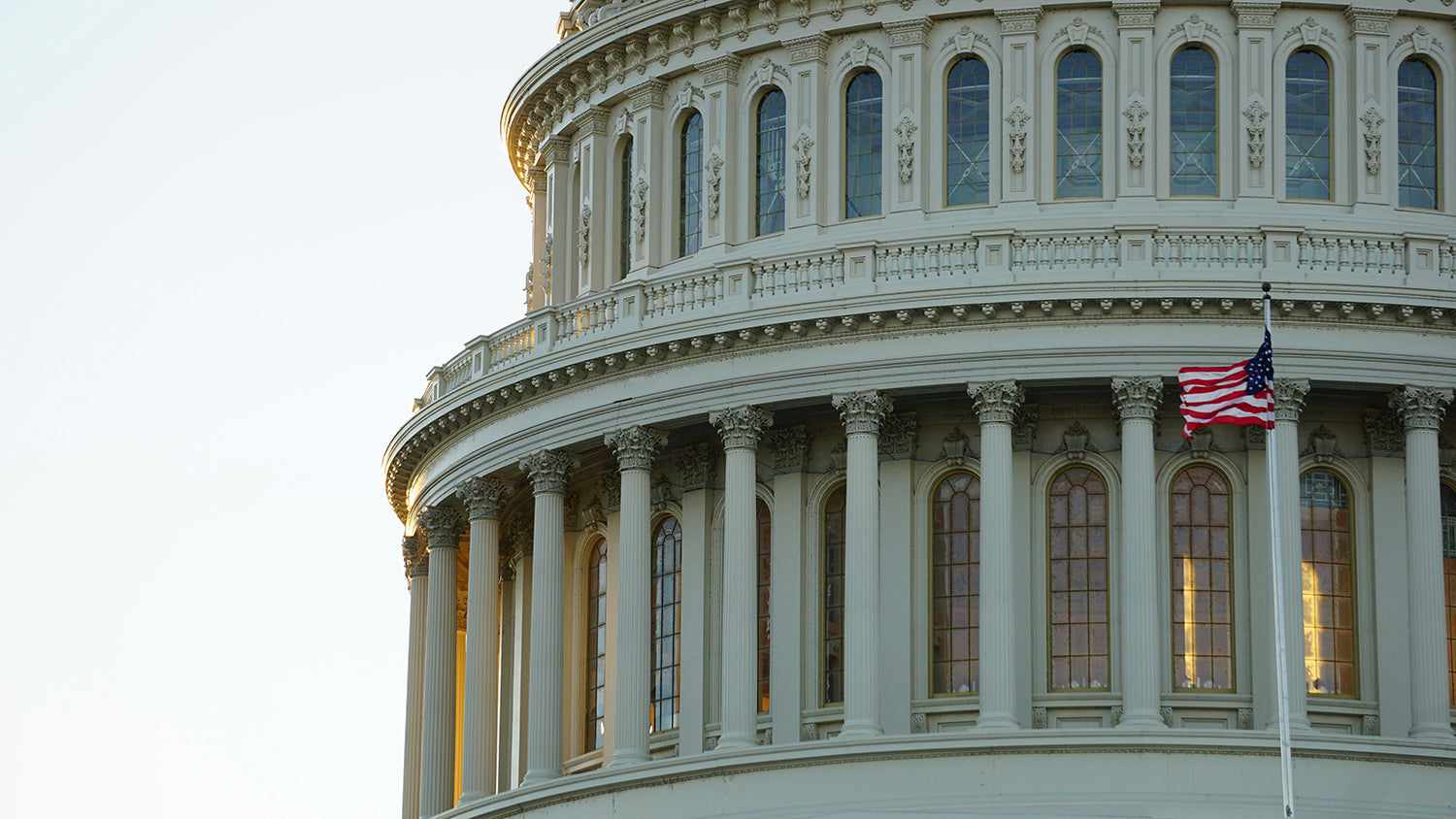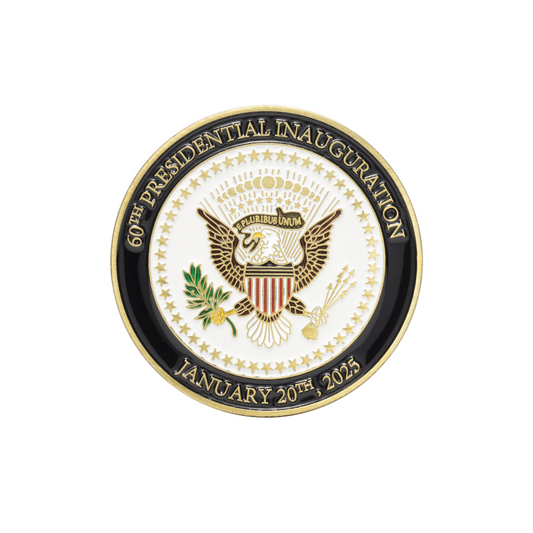
US Air Force in Vietnam War: A Comprehensive Overview
Renita WingfieldThe Vietnam War was one of the most complex and controversial conflicts in American history. The United States Air Force (USAF) played a pivotal role in this war, carrying out a wide range of missions that significantly impacted the course of the conflict. This comprehensive overview will delve into the involvement of the USAF in the Vietnam War, examining its strategic objectives, key operations, technological advancements, and the challenges faced by airmen during this tumultuous period.
Strategic Objectives of the US Air Force in Vietnam
The primary objective of the USAF in the Vietnam War was to support the South Vietnamese government in its fight against the communist forces of North Vietnam and the Viet Cong. This support was multi-faceted, involving air superiority, close air support, strategic bombing, reconnaissance, and airlift operations. The overarching goals included:
- Disrupting Enemy Supply Lines: One of the main tasks was to disrupt the flow of supplies and reinforcements from North Vietnam to the South, particularly along the Ho Chi Minh Trail.
- Supporting Ground Forces: Providing close air support to American and South Vietnamese troops on the ground was crucial for countering enemy offensives and protecting friendly positions.
- Bombing Campaigns: Conducting extensive bombing campaigns aimed at destroying North Vietnamese industrial capacity, transportation networks, and military infrastructure.
- Reconnaissance and Surveillance: Gathering intelligence through aerial reconnaissance missions to inform strategic decisions and tactical operations.
Key Operations
Operation Rolling Thunder
One of the most significant campaigns involving the USAF was Operation Rolling Thunder, which lasted from 1965 to 1968. This prolonged bombing campaign targeted North Vietnamese military bases, supply depots, and transportation routes. The goal was to weaken North Vietnam’s ability to wage war and to force it to negotiate a peace settlement. Despite dropping vast amounts of ordnance, the operation faced criticism for its limited success in achieving its strategic objectives.
Operation Linebacker I and II
In 1972, the USAF launched two major bombing campaigns known as Operation Linebacker I and II. These operations marked a significant escalation in the air war against North Vietnam. Linebacker I aimed to disrupt the Easter Offensive launched by North Vietnamese forces, while Linebacker II, also known as the "Christmas Bombing," was intended to force North Vietnam back to the negotiating table. These operations were notable for their intensity and the extensive use of B-52 bombers.
Close Air Support and Air Mobility
The USAF’s role in providing close air support was vital throughout the Vietnam War. Aircraft such as the A-1 Skyraider and the AC-47 Spooky gunship were extensively used to support ground troops. Additionally, air mobility operations, including the use of helicopters and transport planes like the C-130 Hercules, were critical for moving troops, supplies, and evacuating the wounded.
Technological Advancements
The Vietnam War saw significant advancements in air warfare technology. The USAF introduced new aircraft, weaponry, and electronic warfare systems that enhanced its operational capabilities.
Aircraft
- F-4 Phantom II: A versatile fighter-bomber that became the workhorse of the USAF during the Vietnam War. It was used for air-to-air combat, bombing missions, and reconnaissance.
- B-52 Stratofortress: A long-range bomber used extensively in strategic bombing campaigns, including Operation Linebacker II.
- A-1 Skyraider: Known for its durability and payload capacity, this aircraft was crucial for close air support missions.
Weapons and Systems
- Precision-Guided Munitions: The introduction of laser-guided bombs, such as the Paveway series, allowed for more accurate targeting and reduced collateral damage.
- Electronic Warfare: Aircraft like the EB-66 Destroyer were equipped with electronic countermeasures to disrupt enemy radar and surface-to-air missile systems.
Helicopters
- Bell UH-1 Iroquois (Huey): The iconic Huey helicopter was used for troop transport, medical evacuation, and close air support. It became a symbol of the Vietnam War.
- CH-47 Chinook: A heavy-lift helicopter that played a crucial role in transporting troops and supplies in difficult terrain.
Challenges Faced by the US Air Force

The USAF faced numerous challenges during the Vietnam War, which affected its operations and overall effectiveness.
Anti-Aircraft Defenses
North Vietnam developed a formidable air defense network, including surface-to-air missiles (SAMs), anti-aircraft artillery, and MiG fighter jets. These defenses inflicted significant losses on USAF aircraft and complicated bombing missions.
Political and Strategic Constraints
Political considerations and rules of engagement imposed restrictions on the USAF’s operations. These constraints often limited the effectiveness of bombing campaigns and close air support missions. Additionally, the lack of clear strategic objectives led to frustration among airmen and commanders.
Harsh Environmental Conditions
The tropical climate, dense jungle terrain, and monsoon weather presented significant challenges for air operations. These conditions affected visibility, aircraft performance, and the maintenance of equipment.
Psychological Impact
The intense nature of air combat, coupled with the high risk of being shot down and captured, took a psychological toll on USAF personnel. The fear of being held as a prisoner of war (POW) and the stress of combat operations led to long-lasting effects on the mental health of many airmen.
Legacy and Lessons Learned
The Vietnam War left a lasting impact on the USAF and its approach to modern warfare. Several lessons were learned that have influenced subsequent military conflicts and the development of air power doctrine.
Importance of Air Superiority
The war underscored the critical importance of maintaining air superiority in any conflict. The USAF’s ability to control the skies over Vietnam allowed it to provide essential support to ground forces and conduct strategic bombing campaigns.
Evolution of Technology
Technological advancements developed during the Vietnam War laid the groundwork for future innovations in air warfare. Precision-guided munitions, electronic warfare systems, and advanced aircraft designs have since become standard components of the USAF’s arsenal.
Psychological Support for Veterans
The experiences of airmen during the Vietnam War highlighted the need for comprehensive psychological support and counseling for veterans. The USAF has since implemented programs to address the mental health needs of service members returning from combat.
The involvement of the US Air Force in the Vietnam War was a complex and multifaceted endeavor that significantly influenced the course of the conflict. From strategic bombing campaigns and close air support to technological advancements and the challenges faced by airmen, the USAF played a crucial role in the war. Understanding this history is essential for appreciating the sacrifices made by those who served and the lessons learned that continue to shape modern air warfare.
Key Takeaways
- The USAF's primary objectives in the Vietnam War included disrupting enemy supply lines, supporting ground forces, and conducting strategic bombing campaigns.
- Key operations such as Operation Rolling Thunder and Operation Linebacker demonstrated the extensive use of air power in the conflict.
- Technological advancements, including the introduction of precision-guided munitions and advanced aircraft, enhanced the USAF's capabilities.
- Challenges faced by the USAF included formidable North Vietnamese air defenses, political and strategic constraints, and harsh environmental conditions.
- The legacy of the USAF's involvement in Vietnam includes lessons learned about air superiority, technological evolution, and the importance of psychological support for veterans.

Discover the Honor Behind Every Coin
At Command Challenge Coins, we're not just creating tokens; we're forging symbols of achievement, unity, and recognition. Our commitment to excellence is mirrored in every meticulously crafted coin, embodying the values and stories of those who carry them. From the rich history embedded in military traditions to the contemporary applications across various sectors, challenge coins represent more than just metal—they symbolize a legacy of honor and camaraderie.
Have a design in mind or need guidance on creating your unique challenge coin? Get a free quote today to consult with our specialists.






















